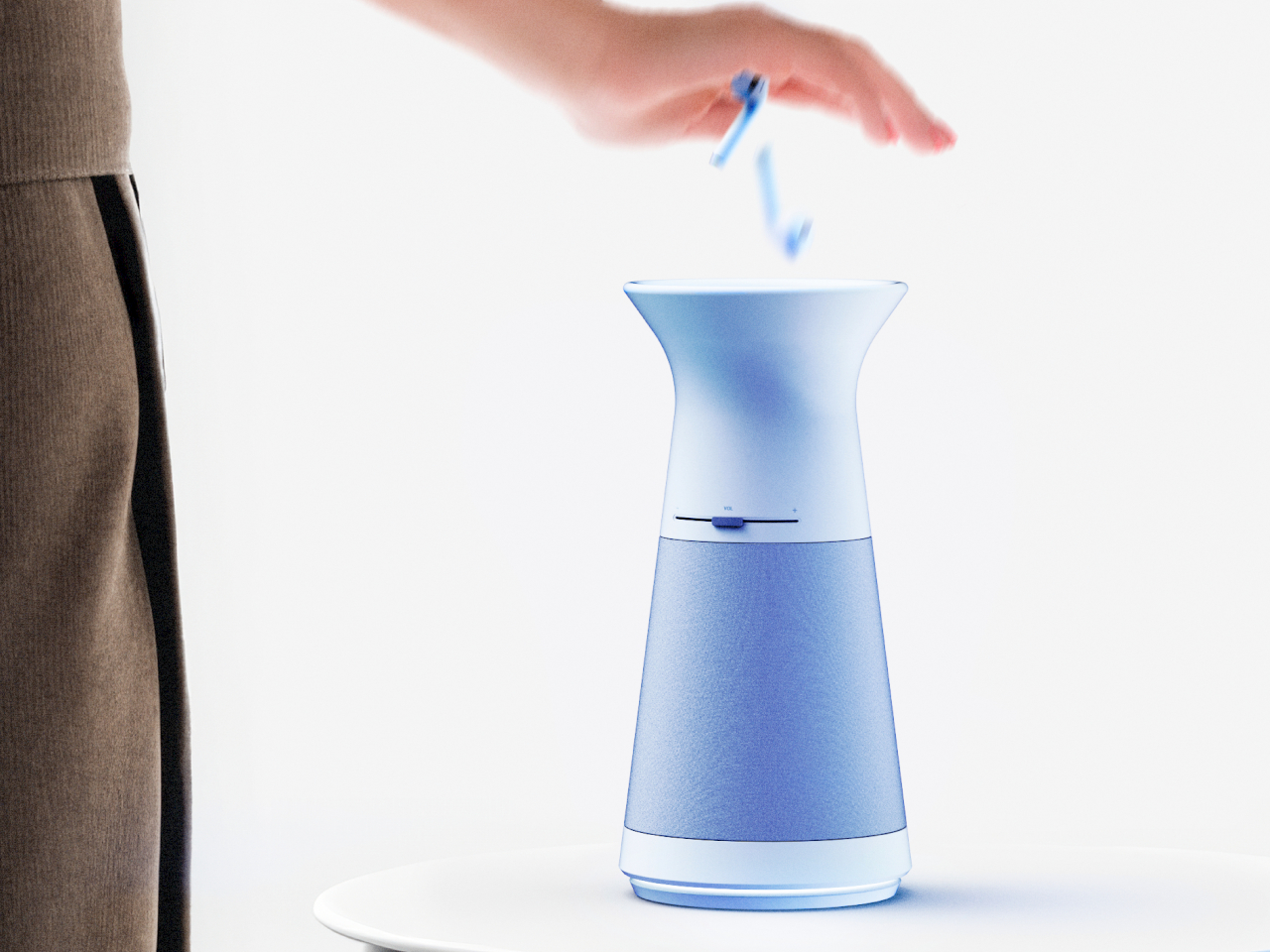
Given your seemingly uncanny ability to lose small but important objects like keys and eyeglasses, productivity gurus often advise regularly putting these things in a single place whenever you come home, preferably somewhere near the door. As if our lives weren’t already complicated enough, wireless earbuds add another thing that we can easily misplace, even if they actually have a charging case to call home. Sometimes, even that charging case gets lost in the shuffle.
Part of the problem lies in the transition of those earbuds from our ears to their charging case, which can take more than just a few seconds and a lot of fumbling around. This concept design tries to offer our little audio companions a home of their own while also solving that common problem of having to stop your music or podcast once you’ve arrived home.
Designer: Siyeong Park

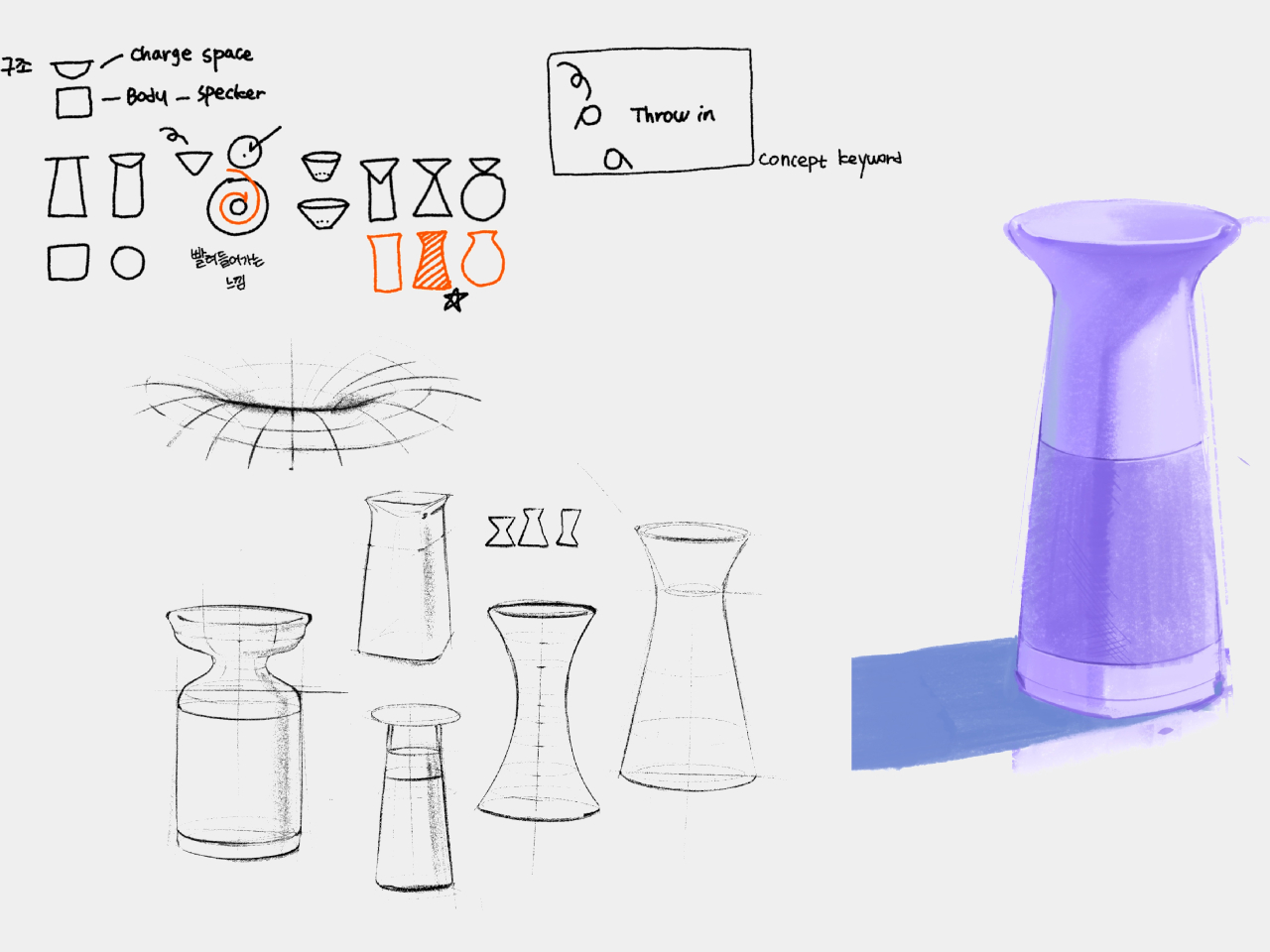



Many of us have probably developed the habit of listening to music or podcasts to pass the time during commutes. Sometimes, we even do it when we’re running or exercising outdoors. Regardless of the activity, we all have the same behavior when we get home: we take off the earbuds, search for their case in our pockets or bags, and then slip them in for charging. It’s a simple series of actions that have one rather important consequence: it pauses the music we’ve been listening to.
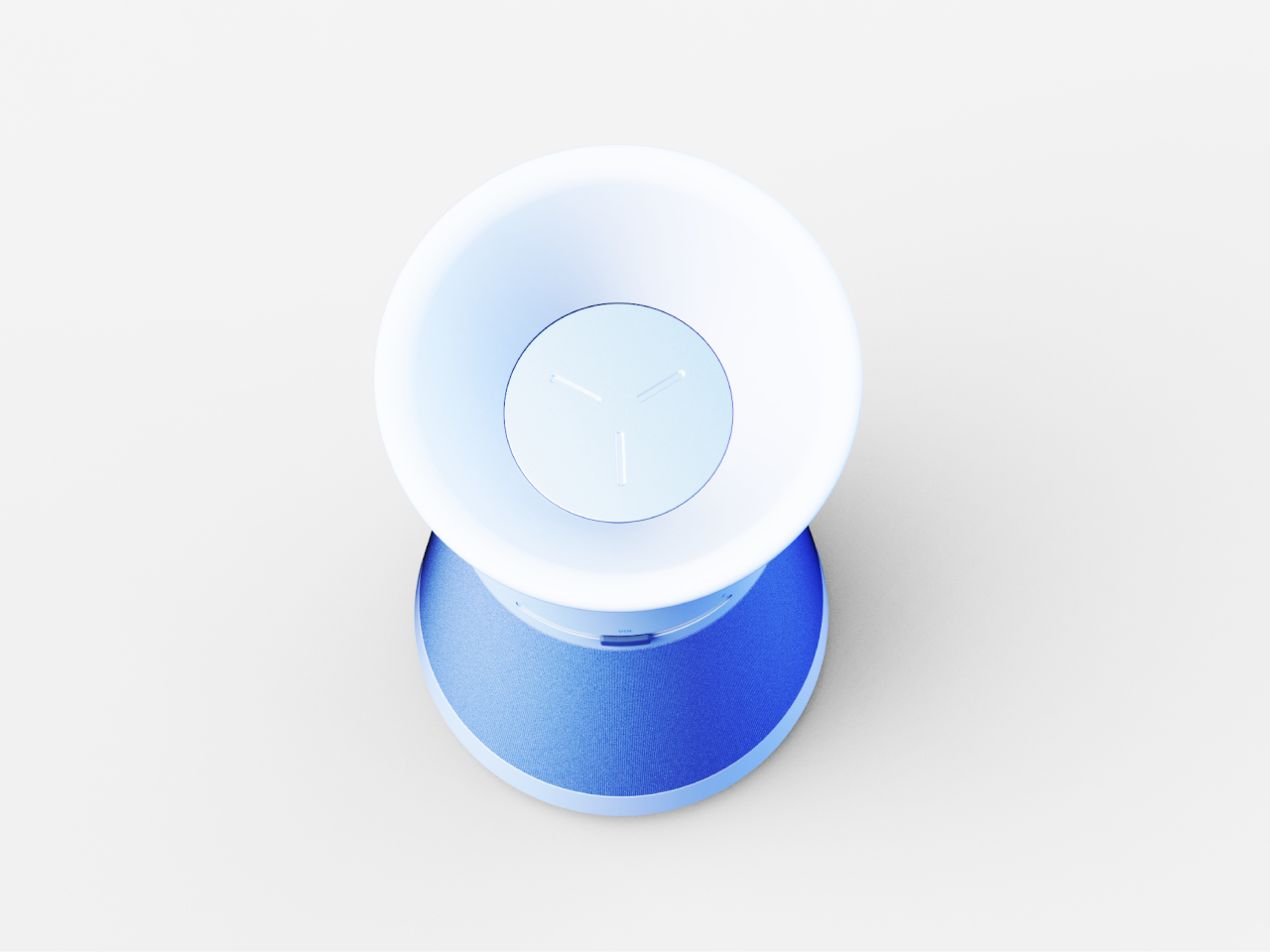

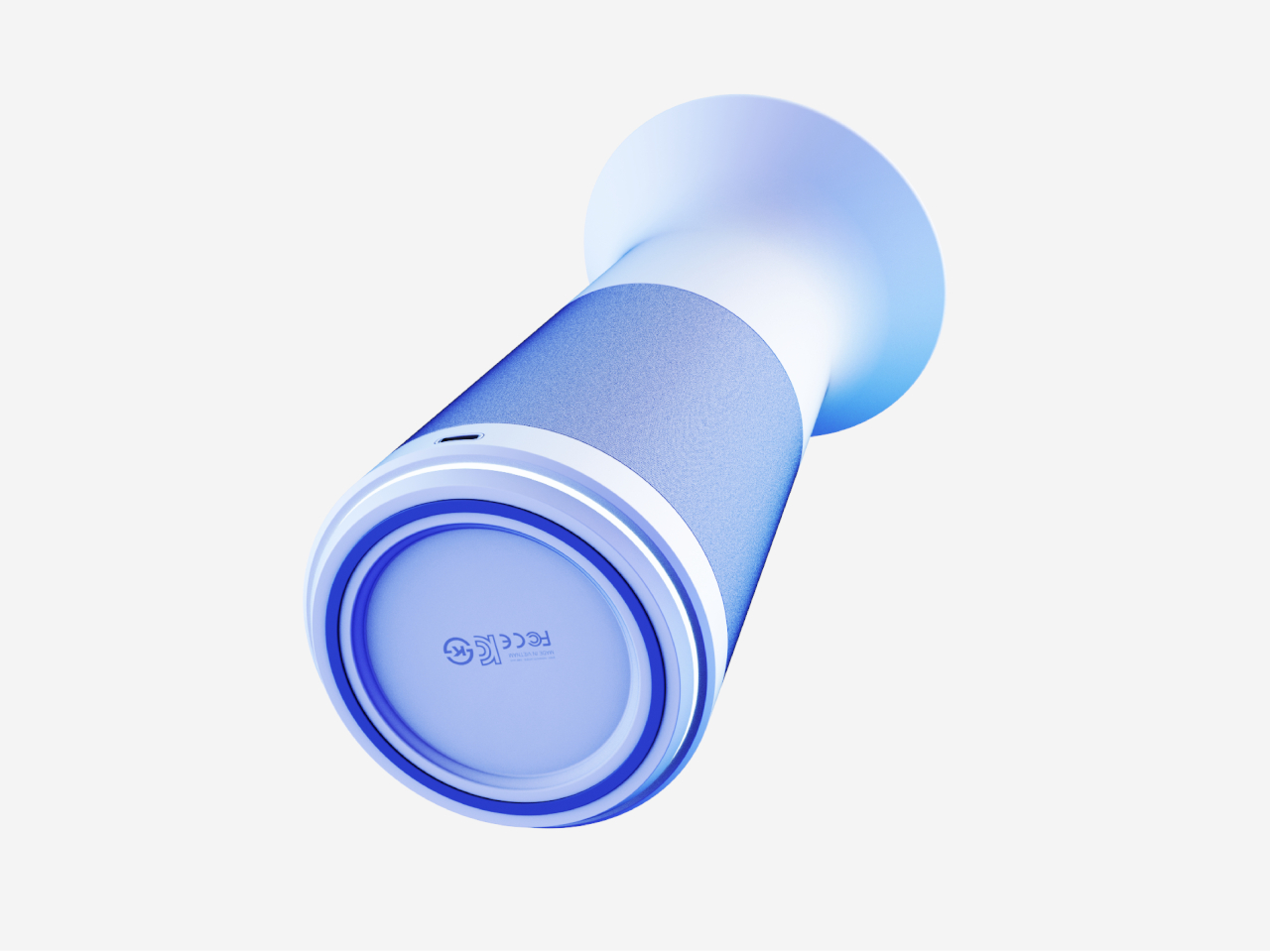

SOAK is a concept for a wireless speaker that hits two birds with one stone, so to speak. On the one hand, it offers a safe and consistent place for your earbuds the moment you enter the house or room. The vase-like design has a bowl-shaped container on top where you can simply drop the earbuds into. In theory, it should charge the buds even without the charging case, but that would require a different kind of technology for truly wireless charging.
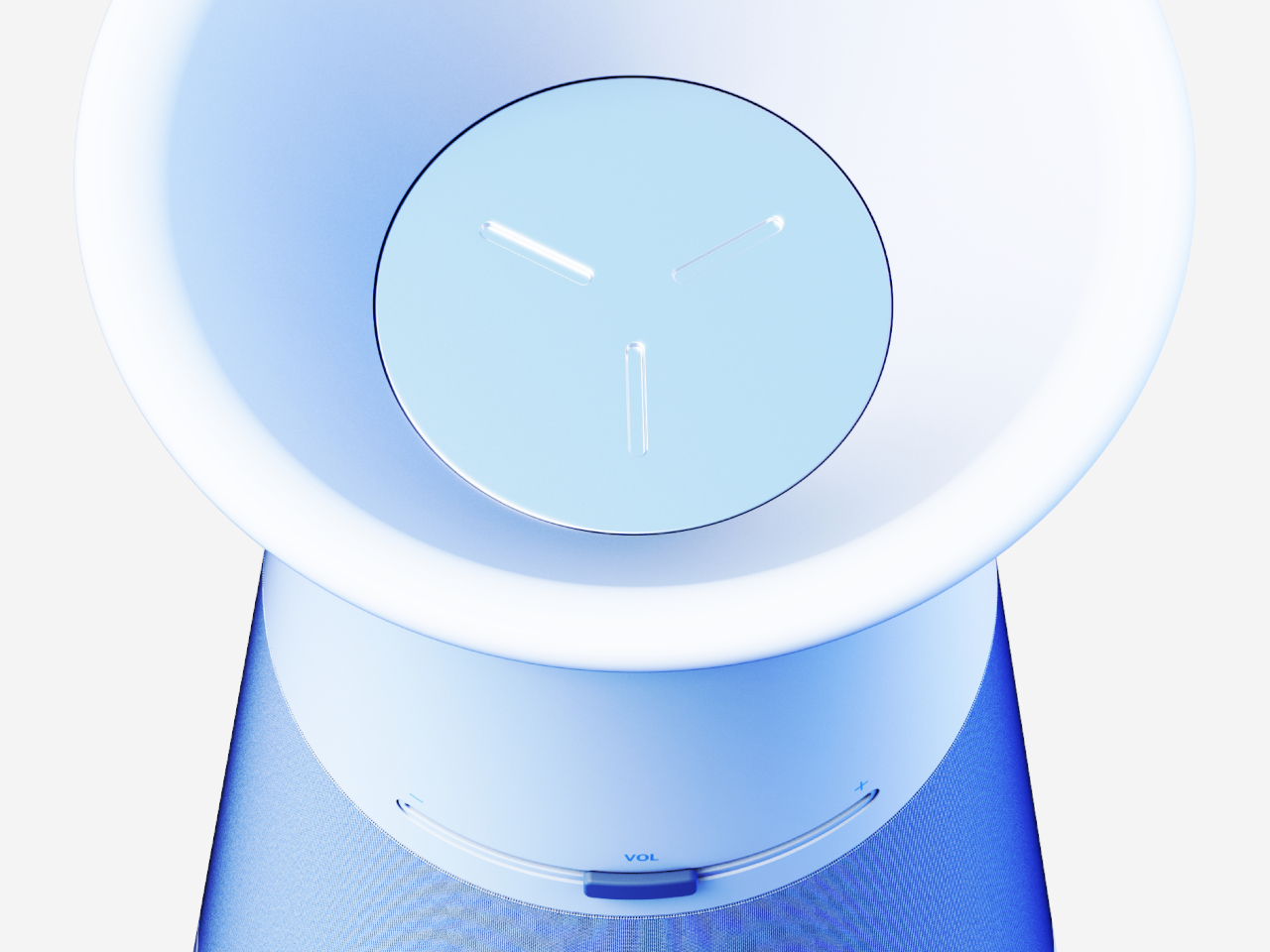

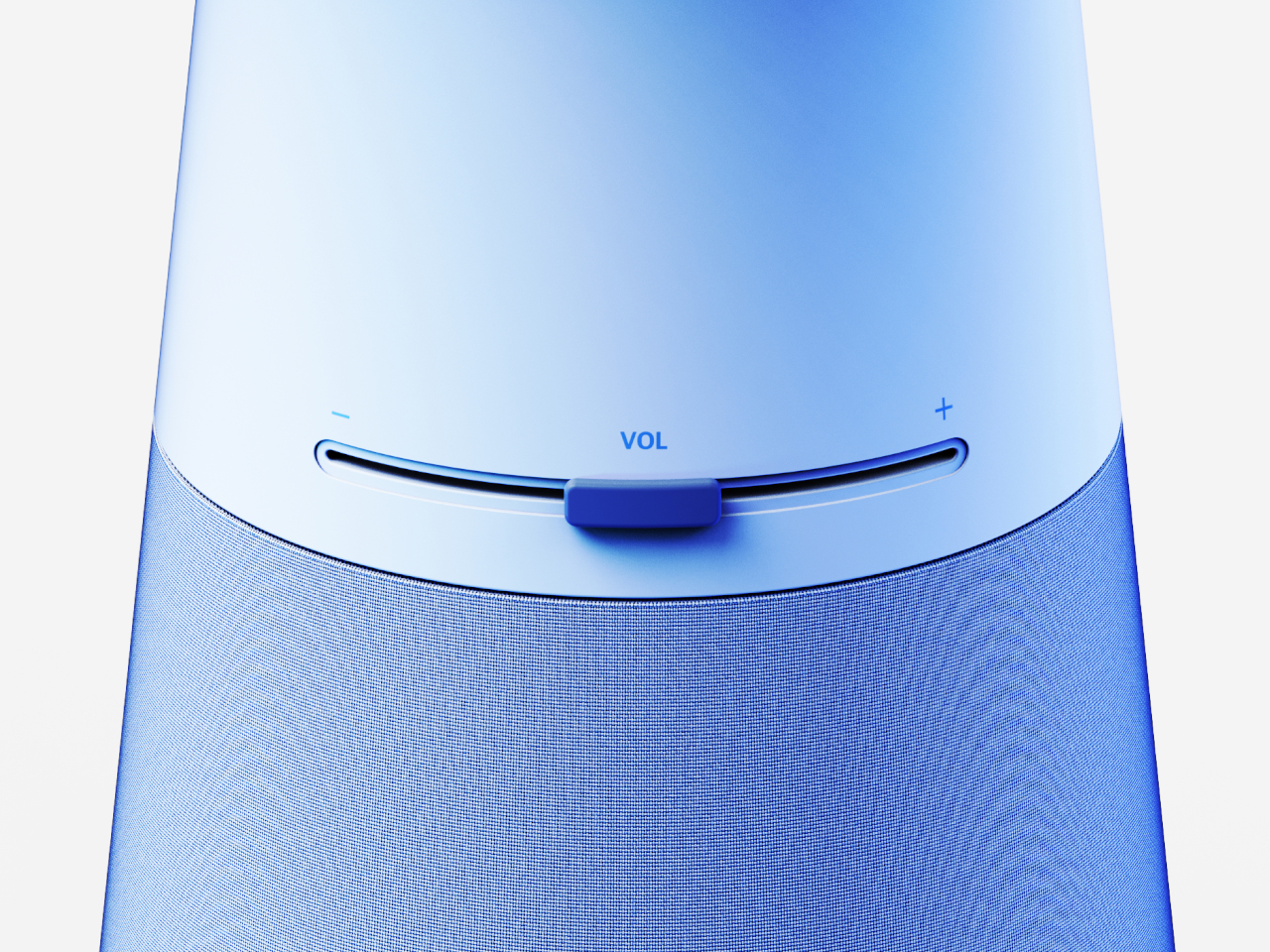



The real magic, however, is that the speakers can seamlessly continue playing whatever is being sent to the earbuds. This means you don’t have to pause the music or podcast just because you need to remove the earbuds, letting you continue the rhythm and the vibe of whatever you were listening to. In other words, you decide when you want to stop the music, not the limitations of technology and manufacturer design.


It’s definitely an idyllic scenario, though it’s probably not that easy to implement yet. Most of the technologies needed, like over-the-air wireless charging, do exist today, but support from devices is still quite poor. It does paint a picture of a smarter home that isn’t just focused on lighting or appliances, but one that is designed around our modern lifestyles and habits.



